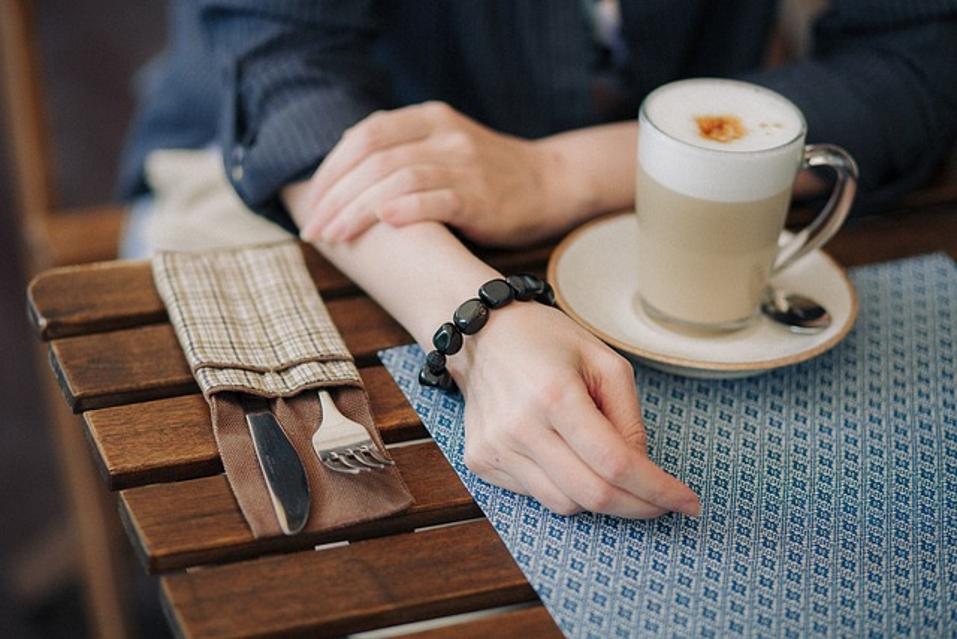How to Build a Coffee Table
Introduction
Building a coffee table is a rewarding DIY project that can enhance your living space with a personalized touch. By taking the time to construct it yourself, you not only gain a sense of accomplishment but also create a unique piece of furniture that reflects your style. Moreover, creating your coffee table allows you to control the dimensions, materials, and finishes, ensuring it fits perfectly with your existing décor. Whether you’re a seasoned woodworker or a beginner eager to learn, this guide will walk you through each step, from selecting materials to adding the final touches.

Materials and Tools Needed
Before you start building your coffee table, gathering all necessary materials and tools is essential. Here’s a list of what you’ll need:
Materials:
- Wood planks (dimensions according to your design)
- Wood screws
- Wood glue
- Sandpaper (various grits)
- Wood stain or paint
- Varnish or sealant
Tools:
- Measuring tape
- Pencil
- Saw (hand saw or electric saw)
- Drill and drill bits
- Screwdriver
- Clamps
- Sanding block or electric sander
- Paintbrushes or rags for finishing
Having these materials and tools at hand will streamline the building process and ensure you don’t run into unexpected obstacles. Now, let’s delve into the actual steps of constructing your coffee table.
Step-by-Step Instructions
Constructing a coffee table involves several critical steps, each ensuring the final product is sturdy and aesthetically pleasing. Let’s break it down:
Planning and Design
Start by deciding on the design of your coffee table. Sketch your ideas and determine the dimensions. Consider the height, width, and length that best fits your living space. Decide on the type of wood you’ll use; hardwoods like oak or walnut are excellent for durability and a high-end look, while pine is more affordable and easier to work with for beginners.
During the planning stage, also think about additional features like storage compartments or decorative elements. The clearer your plan, the smoother the building process will be.
Cutting and Preparing Wood
Once you have your design blueprint, begin cutting the wood to the specified dimensions. Measure twice and cut once to ensure accuracy.
- Measure and mark the wood: Use a measuring tape and pencil to mark the cuts on the wood.
- Cut the wood: Use a saw to cut the wood according to your marks. If you’re new to using power tools, a hand saw can help you make precise cuts more slowly.
- Sand the edges: After cutting, sand the edges of each piece of wood to smooth out rough spots and splinters. Start with a coarse grit sandpaper and work your way to a finer grit for a smooth finish.
Assembling the Table Frame
With your wood pieces prepared, it’s time to assemble the frame of your coffee table:
- Lay out the pieces: Arrange the wood pieces on a flat surface according to your design.
- Apply wood glue: Apply wood glue to the joints where the pieces will connect. This adds an extra layer of strength.
- Join the pieces: Use clamps to hold the pieces together while the glue dries. Make sure the frame is square and all angles are right.
- Drill pilot holes: Once the glue is dry, drill pilot holes for screws to prevent the wood from splitting.
- Insert screws: Secure the pieces with wood screws for added durability.
Finishing Touches
After assembling the frame, focus on the finishing touches to give your coffee table a polished look:
- Sand the entire table: Sand all surfaces of the table uniformly to prepare it for staining or painting. Ensure it’s smooth to the touch.
- Apply stain or paint: Apply your chosen wood stain or paint. Follow the manufacturer’s instructions for the best results. Usually, this means applying one or more coats and letting it dry completely between coats.
- Seal the wood: Finish with a varnish or sealant to protect the table surface from spills and scratches.
With these steps, your coffee table should now be structurally sound and visually appealing.

Tips and Tricks
- Safety first: Always wear appropriate safety gear, such as goggles and gloves, when working with tools.
- Test on scrap wood: Before applying stain or paint to your coffee table, test it on a piece of scrap wood to ensure you like the color and finish.
- Use quality materials: Investing in high-quality materials can make a significant difference in the durability and appearance of your coffee table.
- Work in a well-ventilated area: When staining or painting, ensure your working area is well-ventilated to avoid inhaling fumes.
- Patience is key: Take your time with each step to avoid mistakes and ensure a high-quality finish.

Conclusion
Building a coffee table is a fulfilling project that can significantly enhance your living space. By following this guide, you can create a beautiful, functional piece that reflects your personal style and woodworking skills. Remember to take your time, pay attention to detail, and enjoy the process. Happy woodworking!
Frequently Asked Questions
What type of wood is best for a coffee table?
Hardwood, such as oak, walnut, or maple, is often the best choice for a coffee table due to its durability and attractive grain. However, pine or plywood can be suitable for more budget-friendly or simpler designs.
How long does it take to build a coffee table?
The time required to build a coffee table varies depending on your experience level, the complexity of the design, and the drying time of glue and finishes. On average, it can take a full weekend, or about 10-15 hours of work spread over several days.
Can I build a coffee table without power tools?
Yes, you can build a coffee table without power tools. Hand tools like a hand saw, screwdriver, and hand drill can be used. However, power tools can make the process faster and easier, especially for beginners.
